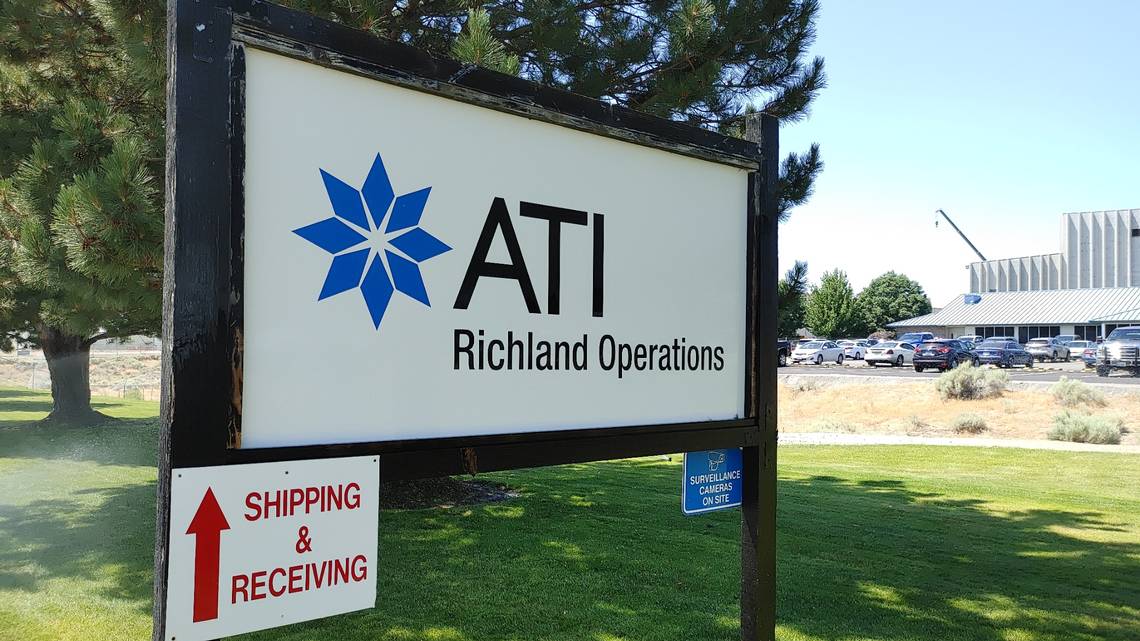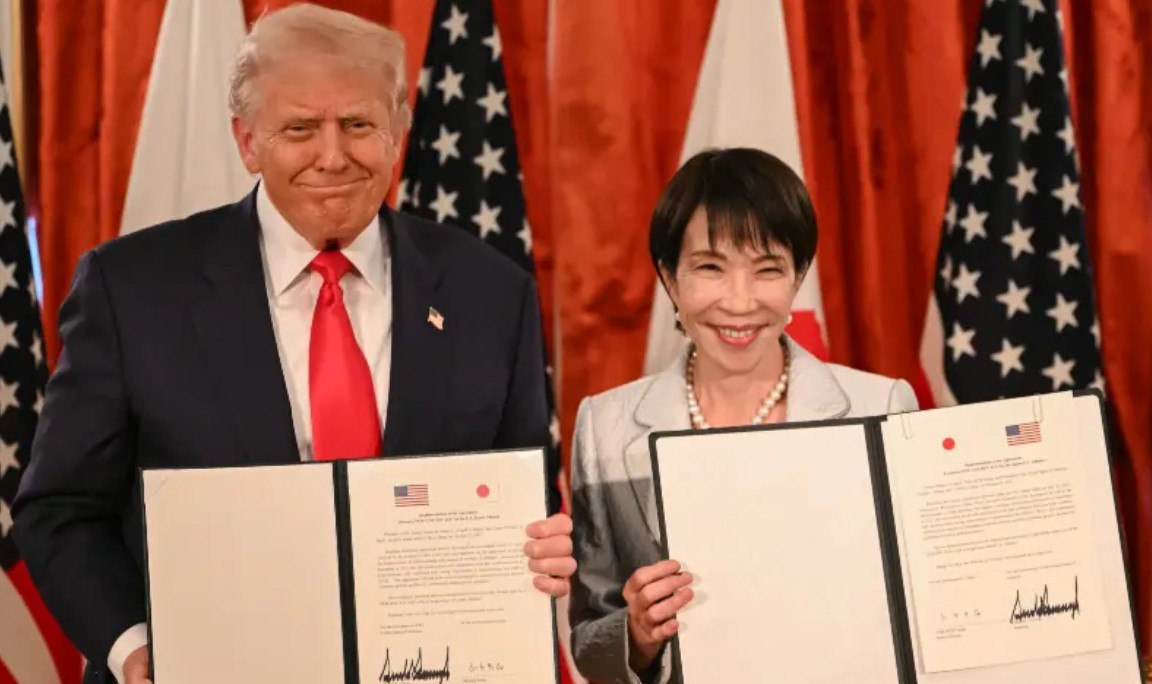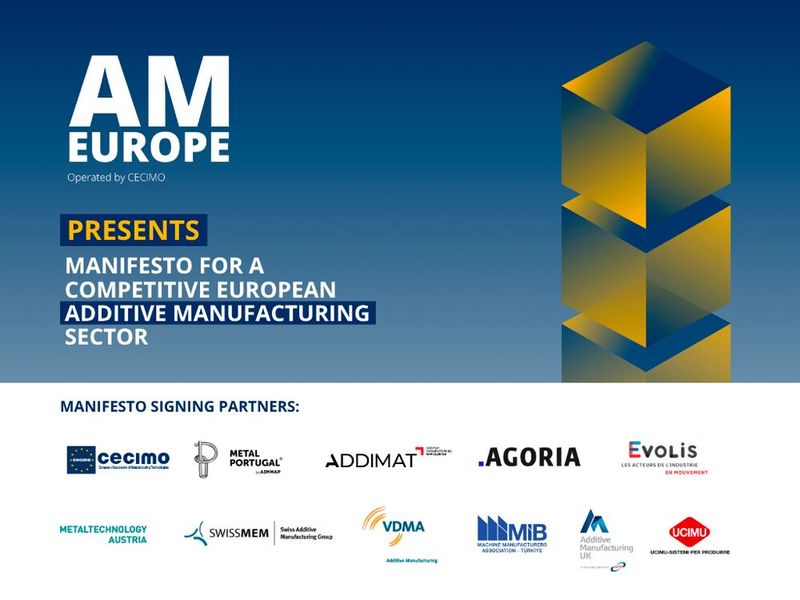
Specialty alloy producer ATI reports its forgings backlog reached an all-time high. This surge results from heightened maintenance, repair, and overhaul (MRO) demand. This demand focuses on components used in aircraft engine “hot sections.”
MRO Demand Drives Extended Lead Times
Lead times for ATI’s forged products extend past a year. MRO activity significantly drives this. ATI’s chief executive, Kimberly Fields, told investors about this trend. Specifically, isothermal forgings boosted ATI’s jet engine sales growth in 2024. Sales rose by 9% to $1.5bn year-on-year. Delays in new aircraft deliveries force airlines to operate fleets longer. Therefore, aftermarket service needs increase. Engine manufacturers balance spare demand with new original equipment (OE) output. Upgrade kits also stretch production capacity. ATI increased isothermal forgings output by 32% in 2023. Technology upgrades on its Cudahy, Wisconsin press enabled this. Downstream capabilities expanded, including a heat treat facility. Machining and testing capacities also increased. ATI’s forged products unit produces high-pressure turbine (HPT) disks. Intermediate-pressure turbine (IPT) disks and high-pressure compressor (HPC) disks are also made. These products use nickel-based superalloys.
Titanium Production and Future Growth
ATI anticipates jet engine revenue growth of 9% in 2025. This growth is supported by Pratt & Whitney’s accelerated inspections. These inspections involve the PW1100G-JM (GTF) engine fleet. This fleet powers Airbus’ A320neo program. ATI commissioned its electron beam (EB) furnace in Richland, Washington. This increases titanium ingot production. The company completes the qualification process with customers. Fields anticipates titanium product orders will accelerate in the second half of 2025. Airbus and Boeing ramp up widebody model production then. Boeing expects 787 Dreamliner output to rise from 5/month to 7/month. They aim for 10/month in 2026. Airbus plans to increase A350 production to 12/month by 2028. ATI’s 2024 profit dropped by 10% to $368mn. Revenues grew by 5% to $4.4bn. Quarterly profits fell by 6% to $137mn. Revenues increased by 10% to $1.2bn. SuperMetalPrice reports that these market shifts will continue to influence global alloy prices.











Leave a Reply
You must be logged in to post a comment.